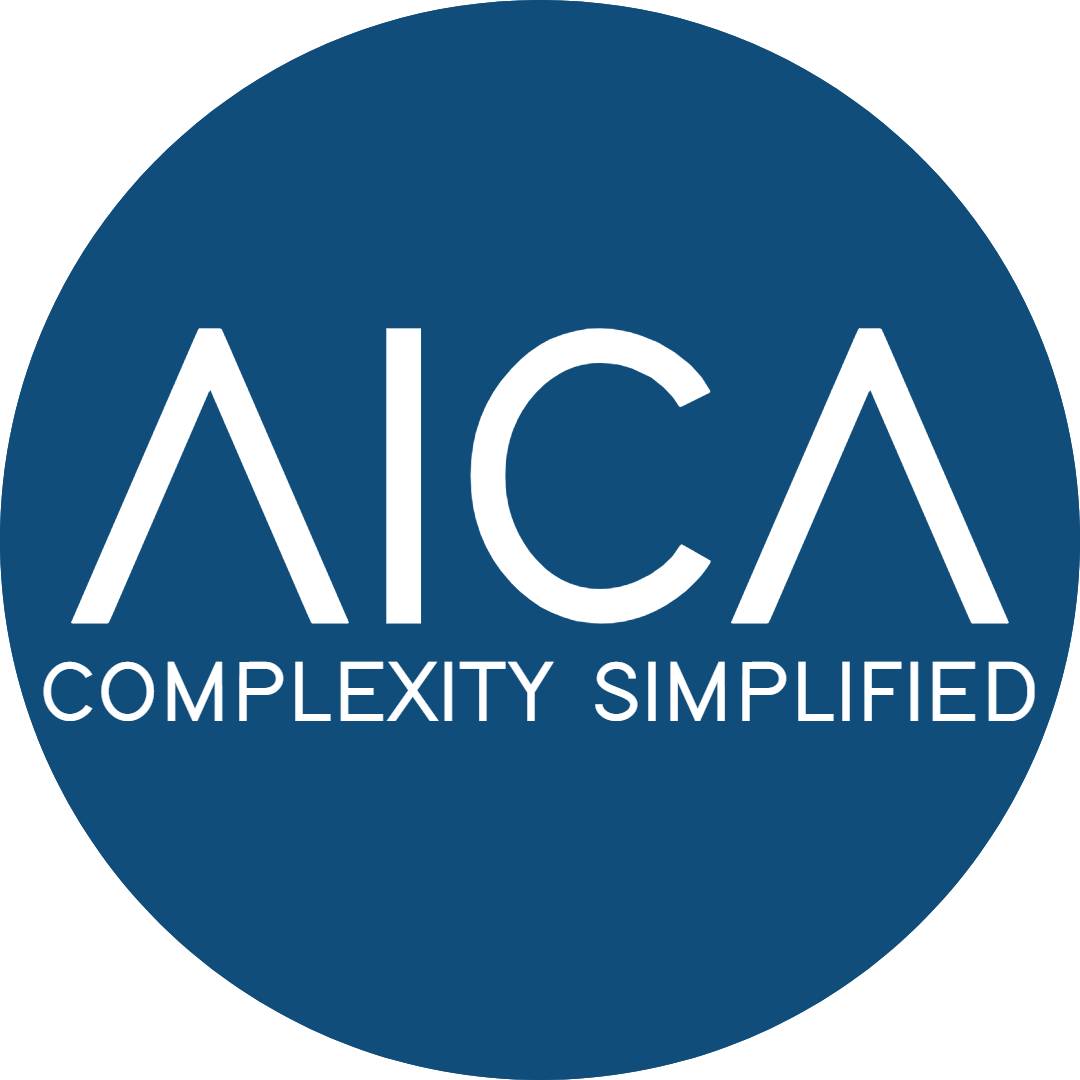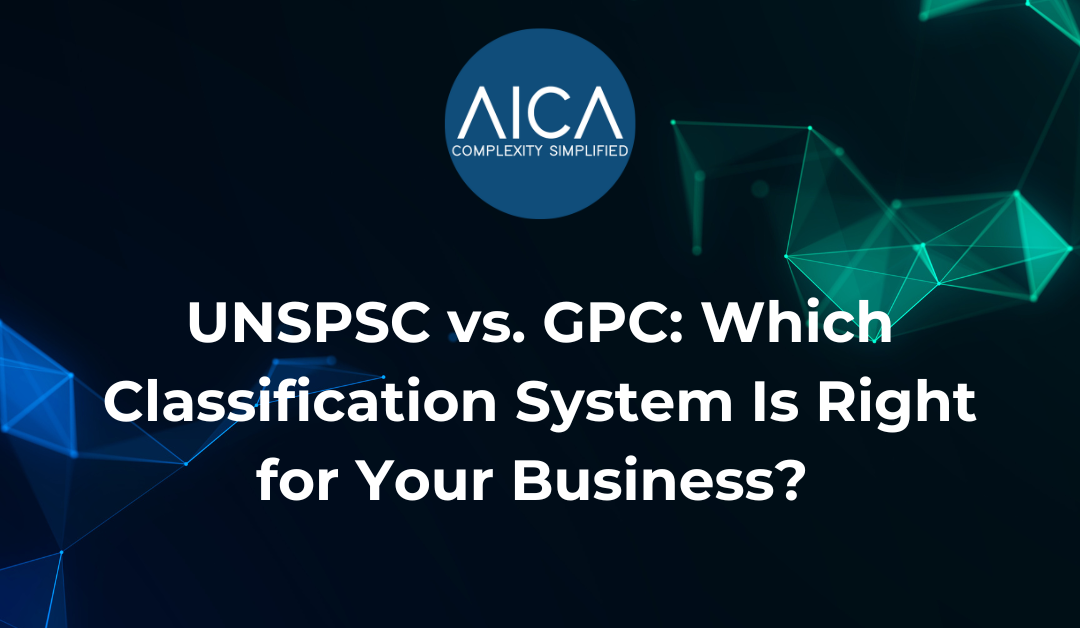For companies managing complex product and service data, choosing the right classification system is essential to enabling better procurement, spend analysis, and digital commerce. Two of the most widely adopted standards—UNSPSC (United Nations Standard Products and Services Code) and GS1 GPC (Global Product Classification)—offer structured ways to organize data, but serve different business needs and use cases.
In this article, we’ll compare UNSPSC and GPC in terms of taxonomy structure, industry application, and their role in enterprise data management—and help you determine which is better suited for your business.
What Is UNSPSC?
UNSPSC is a global classification system developed by the United Nations Development Programme (UNDP) and Dun & Bradstreet. It is primarily used for categorising products and services in procurement, particularly for spend analysis, supplier management, and compliance reporting.
- Structure: UNSPSC uses an 8-digit hierarchical code, broken into:
- Segment (XX000000)
- Family (XXYY0000)
- Class (XXYYZZ00)
- Commodity (XXYYZZAA)
- Use Cases:
- Government and enterprise procurement
- Spend analysis and contract management
- Supplier consolidation and sourcing
- ERP and EAM system data governance
- Who Uses It: Commonly adopted by public sector institutions, global procurement teams, and companies using ERP systems like SAP or Oracle.
What Is GS1 GPC?
GS1 GPC (Global Product Classification) is a taxonomy standard developed by GS1, the organization responsible for global barcode standards. GPC is designed for digital commerce, retail, and supply chain operations, with a focus on consumer products.
- Structure: GPC uses a 4-level hierarchy:
- Segment
- Family
- Class
- Brick (with optional Brick Attributes)
- Use Cases:
- Retail product categorisation
- Product discovery on e-commerce platforms
- Digital shelf analytics and marketplace compliance
- Master data management (MDM) in product information systems
- Who Uses It: Common in fast-moving consumer goods (FMCG), retail, and marketplace ecosystems like Amazon, GS1-certified catalogues, and PIM platforms.
Key Differences Between UNSPSC and GPC
| Feature | UNSPSC | GPC (GS1 Global Product Classification) |
| Primary Focus | Products & services for procurement | Consumer products for digital commerce |
| Taxonomy Structure | 8-digit numeric hierarchy | Brick-based hierarchy with attributes |
| Industry Usage | Government, manufacturing, MRO, energy | Retail, FMCG, e-commerce |
| Scope | Goods and services | Physical goods (no services) |
| Integration Systems | ERP, EAM, MDM, procurement systems | PIM, GS1 registries, digital marketplaces |
| Maintenance | Managed by GS1 US (UNSPSC.org) | Maintained by GS1 Global |
When to Use UNSPSC
Choose UNSPSC if your organisation:
- Handles procurement at scale and needs to categorise both goods and services.
- Requires consistent classification across ERP, EAM, or procurement platforms.
- Needs to improve spend visibility, vendor consolidation, and regulatory compliance.
- Operates in industrial sectors like mining, energy, construction, or public infrastructure.
Example: A mining company uses UNSPSC to classify MRO spare parts and services, allowing procurement to analyse vendor spend and negotiate better contract terms.
When to Use GPC
Choose GPC if your organisation:
- Operates in retail, consumer goods, or online marketplaces.
- Needs a GS1-compliant taxonomy for product discovery and cross-border trading.
- Manages large product catalogs in PIM systems and must standardize digital product listings.
- Requires precise, attribute-driven product differentiation at the shelf or e-commerce level.
Example: A grocery chain uses GPC to classify consumer goods like beverages, packaging types, and flavours to enable seamless digital shelf integration across global markets.
Can You Use Both?
Yes. Some global companies use UNSPSC for internal procurement and financial classification and GPC for external-facing product listings, especially when operating across industries or digital channels.
AICA helps businesses map between UNSPSC and GPC structures as part of data transformation and system migration initiatives.
How AICA Can Help
At AICA, we specialize in product and service data classification, enrichment, and cleansing for ERP, MDM, and procurement platforms. Whether you require UNSPSC classification for procurement or GPC for retail categorisation, our Agentic AI delivers:
- Over 90% accuracy in automatic classification
- Support for mapping across taxonomies (e.g., UNSPSC to GPC)
- Seamless integration into SAP, Oracle, IBM, PIMs, and EAMs
- Scalable processing from 1,000 to 1,000,000+ records
We remove the complexity of classification, allowing your teams to focus on high-value decisions with clean, standardised data.
Final Thoughts
Both UNSPSC and GPC classification systems are powerful tools—when used in the right context. By understanding their differences and aligning them with your operational goals, you can gain better data visibility, improve procurement or commerce workflows, and drive strategic efficiency across the value chain.
Need help choosing or implementing a classification system?
Contact AICA today to learn how we can automate and scale your UNSPSC or GPC classification with precision.

